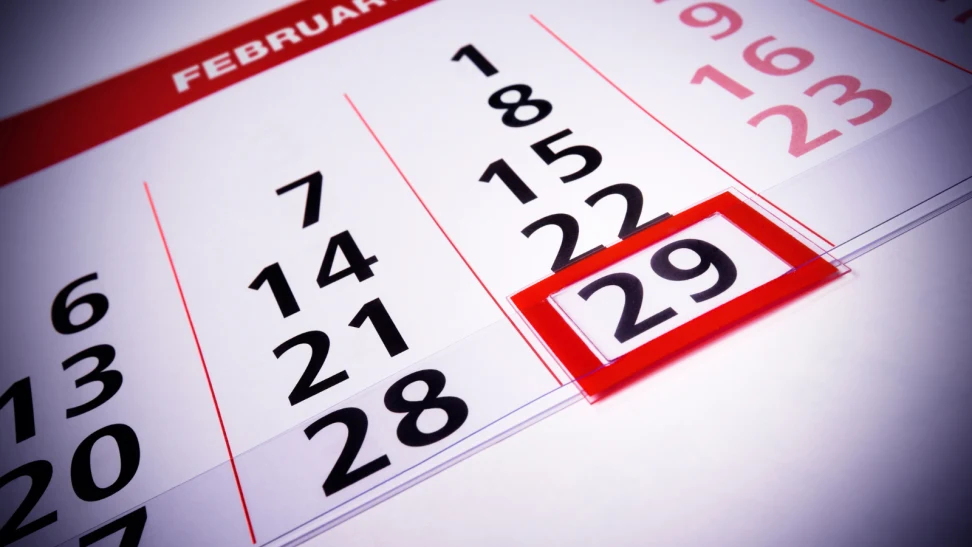
A leap year occurs every four years when an extra day, known as Leap Day, is added to the calendar. The reason for this is to keep the calendar year synchronized with the astronomical year, or the time it takes Earth to complete its orbit around the Sun.
The Earth’s orbit around the Sun takes approximately 365.25 days. To account for the extra 0.25 days, an additional day is added to the calendar every four years. This extra day is inserted at the end of February, making that year 366 days long instead of the usual 365.
Leap years are divisible by 4, but not every year that is divisible by 4 is a leap year. To avoid overcompensating, years that are divisible by 100 are not leap years unless they are also divisible by 400. This means that the year 2000 was a leap year, but the years 1700, 1800, and 1900 were not.
The addition of Leap Day helps to keep our calendar year aligned with the astronomical year and ensures that the seasons occur at the same time each year. Without the extra day, over time, the calendar year would drift out of sync with the astronomical year.
Why is Leap Day in February?
Leap Day’s connection to February dates back to ancient Roman history. Originally, the Roman calendar was only 10 months long, with winter considered a single, undivided period. In the 8th century BC, Romans introduced January and February, making February the final month, which also had the fewest days. Julius Caesar later adjusted the calendar, adding Leap Day through a decree, but it still didn’t precisely align with the solar year.
The adoption of the Gregorian calendar by Pope Gregory XIII in 1582 resolved this issue. The new rule stated that all years divisible by four would be leap years, except for century years, which needed to be divisible by 400 to qualify. This adjustment aimed to bring the calendar year in line with the solar year. In the 1700s, British law officially designated February 29 as Leap Day. The intricate history of calendars and astronomical adjustments has given us the Leap Day tradition we observe today.
When is the next leap year?
Leap years follow a pattern of occurring every four years. However, an exception is made for century years (years ending in 00) – they must be divisible by 400 to be considered leap years. Following this rule, the next leap year after 2024 will be 2028, and Leap Day in 2028 will be observed on Tuesday, Feb. 29. Subsequently, the leap year in 2032 will feature Leap Day on Sunday, Feb. 29. Understanding this cyclical pattern helps us anticipate when the next Leap Days will occur in the future.




